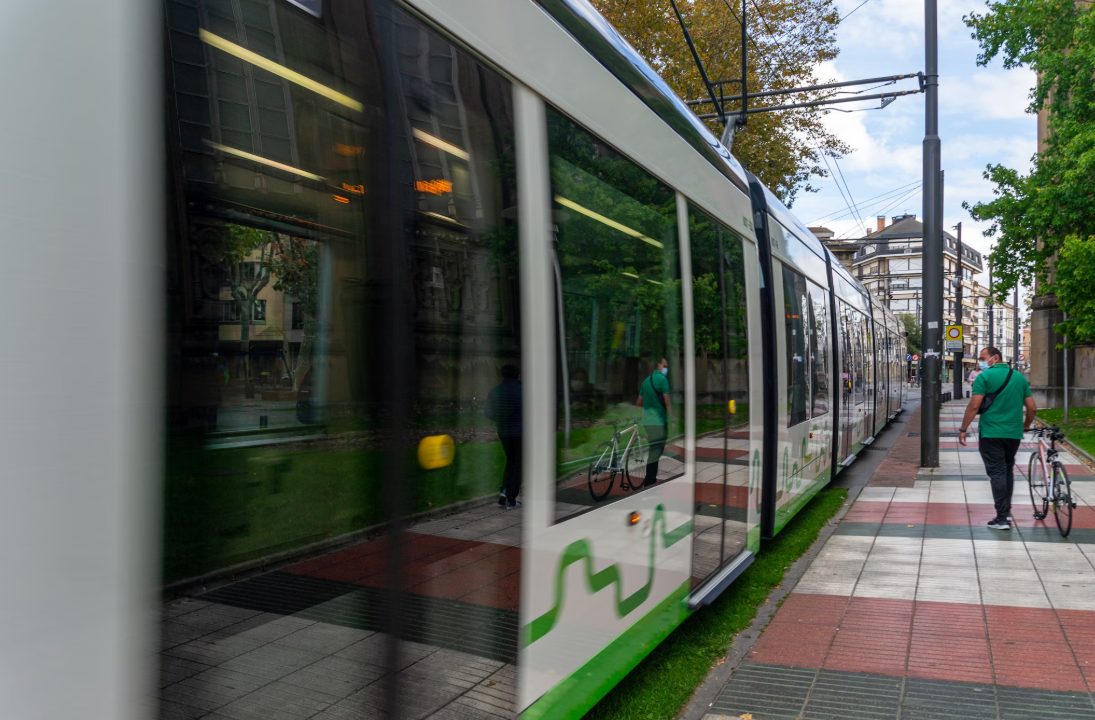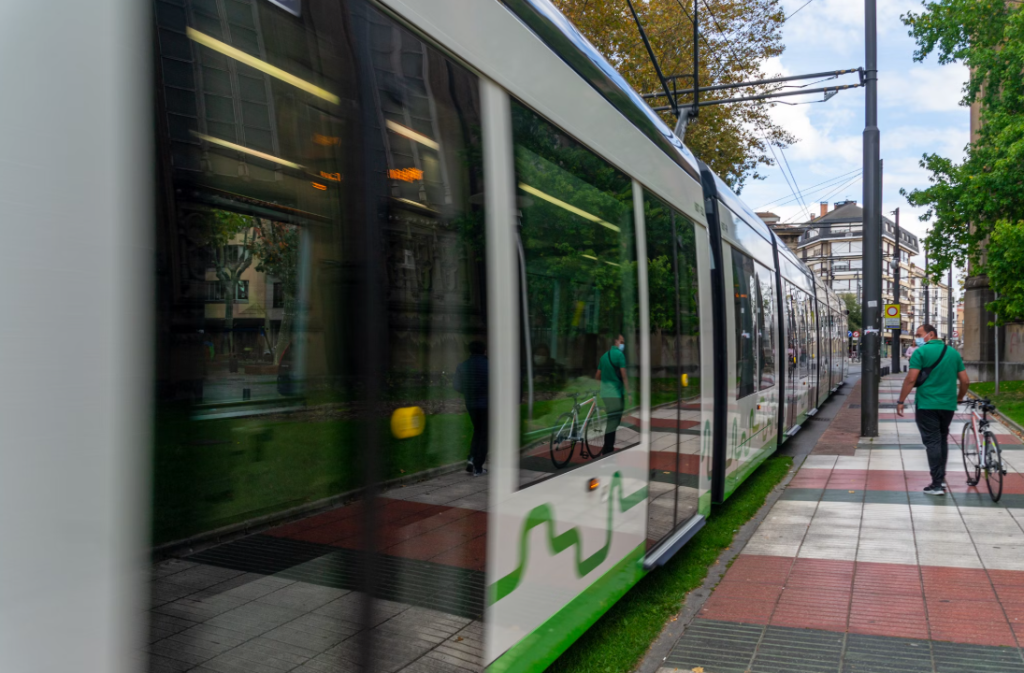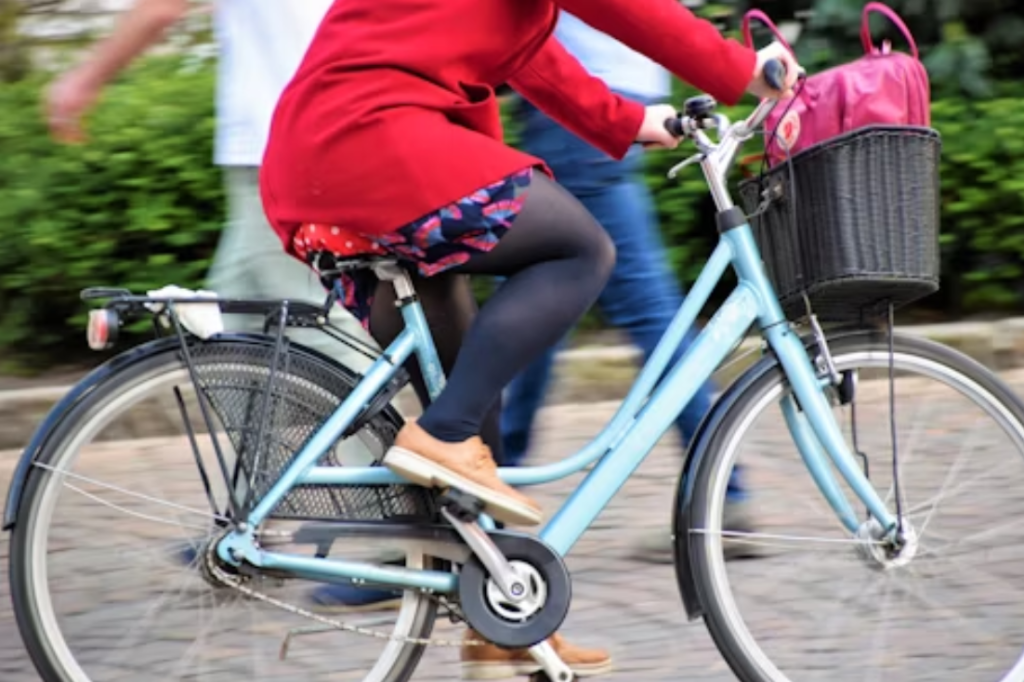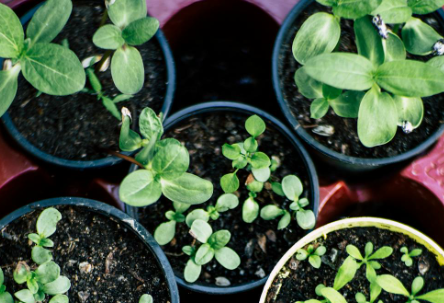
Introduction to Sustainable Living
Sustainable living is no longer just a buzzword; it’s becoming a necessity in the face of growing environmental concerns. As climate change accelerates and natural resources dwindle, adopting more sustainable habits in our daily lives is crucial. This article explores five simple ways to incorporate green habits into your routine, without feeling overwhelmed. It’s easier than you might think to live more sustainably—and these changes can make a significant difference for the planet.
What is Sustainable Living?
Sustainable living is about making choices that help preserve resources for future generations while reducing your ecological footprint. It’s an intentional lifestyle where you make decisions to minimize environmental impact, whether it’s through energy conservation, waste reduction, or mindful consumption. It’s about balancing your needs with the health of the planet.
The Environmental Impact of Our Habits
Every action we take, from the food we eat to the energy we use, has a direct effect on the environment. Overconsumption, wastefulness, and reliance on non-renewable resources all contribute to environmental degradation. Small, seemingly insignificant habits—like leaving lights on when not needed or buying new clothes frequently—can collectively have a profound impact on the environment.
Why Sustainability Matters Now More Than Ever
The world faces a climate crisis, with rising temperatures, more frequent natural disasters, and loss of biodiversity. The consequences of our daily actions are not just theoretical—they’re happening now. Sustainable living can mitigate these impacts by reducing the strain on ecosystems and ensuring that future generations inherit a planet capable of sustaining life.
1. Reducing Energy Consumption
One of the most effective ways to green your daily habits is by reducing your energy consumption. The energy we use at home and in transportation often comes from fossil fuels, which contribute to carbon emissions. By making conscious changes in how we consume energy, we can reduce our carbon footprint.
Switch to Energy-Efficient Appliances
Replacing outdated appliances with energy-efficient models is one of the easiest ways to reduce energy consumption. Look for products with an Energy Star label, which guarantees they meet strict energy efficiency standards. From refrigerators to washing machines, newer models consume significantly less energy, saving you money on your utility bills while reducing environmental harm.
Opt for Renewable Energy Sources
If you’re looking to go a step further, consider switching to renewable energy sources such as solar or wind power. Many utility companies now offer green energy options, where you can choose to have your electricity sourced from renewable resources. For those who can, installing solar panels is a great long-term investment that not only helps the environment but can also reduce your electricity costs.
Simple Changes to Make at Home
Beyond large investments, there are simple, everyday actions you can take to save energy. Turning off lights when you leave a room, unplugging devices when they’re not in use, and using energy-efficient light bulbs are small steps that can add up over time. These habits reduce your overall energy demand, contributing to a greener lifestyle.
2. Embrace Eco-Friendly Transportation
Transportation is a major source of greenhouse gas emissions. The good news is that you don’t need to give up your car entirely to make a difference. There are several ways to reduce your environmental impact on the road.
Carpooling and Public Transport
Sharing a ride or using public transport can significantly reduce your carbon footprint. Carpooling with friends, family, or coworkers can lower emissions by reducing the number of cars on the road. Additionally, public transport options like buses, trains, and trams are far more energy-efficient than individual cars, especially when they’re running on green energy.
Biking or Walking
For short trips, walking or biking is a great alternative. Not only do these options eliminate emissions, but they also improve your health. Plus, you’ll save money on gas and parking fees!
Electric Vehicles (EVs)
If you’re in the market for a new car, consider switching to an electric vehicle. EVs produce zero emissions and are much better for the environment compared to gasoline-powered cars. With the growing number of charging stations, it’s easier than ever to drive electric.
3. Reduce, Reuse, and Recycle
The mantra “Reduce, Reuse, and Recycle” is essential for sustainable living. By minimizing waste, reusing products, and recycling properly, we can significantly reduce the amount of waste that ends up in landfills.
Reducing Waste in Daily Life
The first step is reducing consumption. Think twice before buying something new. Do you really need it? Can you make do with what you have? Small changes, like buying in bulk, using fewer single-use products, and avoiding packaging waste, can lead to significant reductions in the amount of waste you generate.
Reuse What You Can
Instead of tossing items out after a single use, find ways to repurpose or repair them. Old jars can become storage containers, worn-out clothes can be upcycled, and furniture can be refurbished. Reusing materials not only reduces waste but also saves resources.
Recycling Right
Recycling is important, but it’s only effective if done correctly. Make sure you’re sorting recyclables properly and following your local guidelines. Contaminating recyclable materials with food waste, for instance, can make the whole batch non-recyclable. By understanding your local recycling programs, you ensure that your recyclables are properly processed and repurposed.
4. Sustainable Eating Habits
What you eat can have a huge impact on the environment. The production of food, especially meat, has significant environmental costs in terms of water use, land degradation, and carbon emissions. Shifting to more sustainable eating habits can help reduce these impacts.
Eating More Plant-Based Foods
Adopting a plant-based diet is one of the most powerful ways to lower your environmental footprint. Plant-based foods require fewer resources and produce fewer emissions compared to animal products. Even if you’re not ready to go fully vegan, reducing your meat consumption a few days a week can make a big difference.
Supporting Local and Organic Producers
Buying locally grown, organic food is another way to reduce your environmental impact. Local food doesn’t have to travel as far, reducing transportation emissions. Organic farming practices also tend to be more environmentally friendly, avoiding harmful pesticides and preserving soil health.
Reducing Food Waste
One of the easiest ways to make your eating habits more sustainable is by reducing food waste. Plan your meals, use leftovers creatively, and compost food scraps. These small adjustments help reduce the amount of food that ends up in landfills, where it would emit harmful methane gases.

5. Sustainable Fashion and Consumer Choices
Fast fashion is one of the largest contributors to environmental pollution. The production of clothing uses enormous amounts of water and energy, and synthetic fabrics often take hundreds of years to decompose. But you can make more sustainable choices in your shopping habits.
Choose Eco-Friendly Materials
When shopping for clothes, opt for sustainable fabrics like organic cotton, hemp, and bamboo. These materials are grown without harmful pesticides and are biodegradable, unlike conventional fabrics made from petroleum-based synthetics like polyester.
Buy Less, Choose Wisely
Sustainable fashion is not about buying more—it’s about buying smarter. Instead of impulse buying, focus on quality over quantity. Choose timeless, versatile pieces that will last longer and need fewer replacements.
Second-Hand and Upcycling
Shopping second-hand or upcycling old clothes is another way to embrace sustainable fashion. Vintage shops, thrift stores, and online resale platforms are great places to find unique, eco-friendly clothing options. Upcycling old garments into something new and fashionable also reduces waste and promotes creativity.
Conclusion
Sustainable living is all about making conscious choices that have a positive impact on the planet. By incorporating just a few green habits into your daily routine, you can reduce your environmental footprint and contribute to a more sustainable future. The key is to start small and make gradual changes—every step counts.

Final Thoughts
Remember, sustainable living doesn’t require drastic measures or overnight changes. Start with the habits that feel most achievable to you and build from there. Over time, these small changes can lead to a big impact on the environment.
FAQs
Q1: How can I start living more sustainably without spending a lot of money?
You can start by making small changes like reducing energy consumption, buying less plastic, and supporting local businesses. Many sustainable habits require little or no financial investment.
Q2: Is it necessary to go completely plant-based to be environmentally friendly?
Not at all! While plant-based diets have a lower environmental impact, reducing your meat intake, even just a few days a week, can significantly lower your carbon footprint.
Q3: How can I recycle properly at home?
Make sure to sort recyclables correctly, rinse containers before recycling, and check local recycling guidelines to ensure you’re recycling items that can be processed.
Q4: What’s the most impactful change I can make for a more sustainable lifestyle?
Reducing energy consumption and adopting eco-friendly transportation methods, like biking or using public transit, can have a huge environmental impact.
Q5: Are second-hand clothes really sustainable?
Yes! Buying second-hand clothes reduces waste, decreases demand for fast fashion, and gives clothes a second life, making it a great sustainable option.





